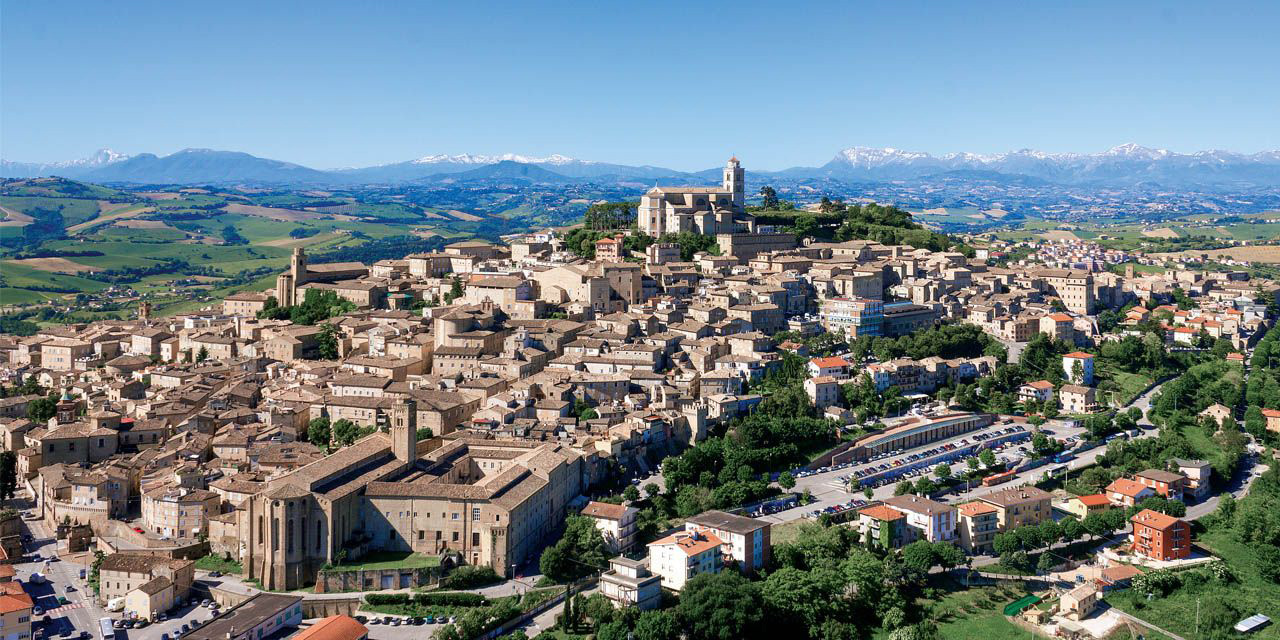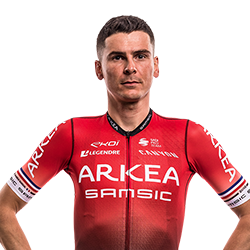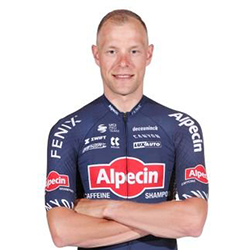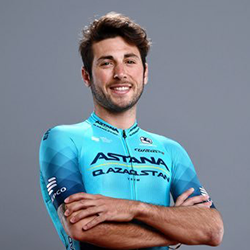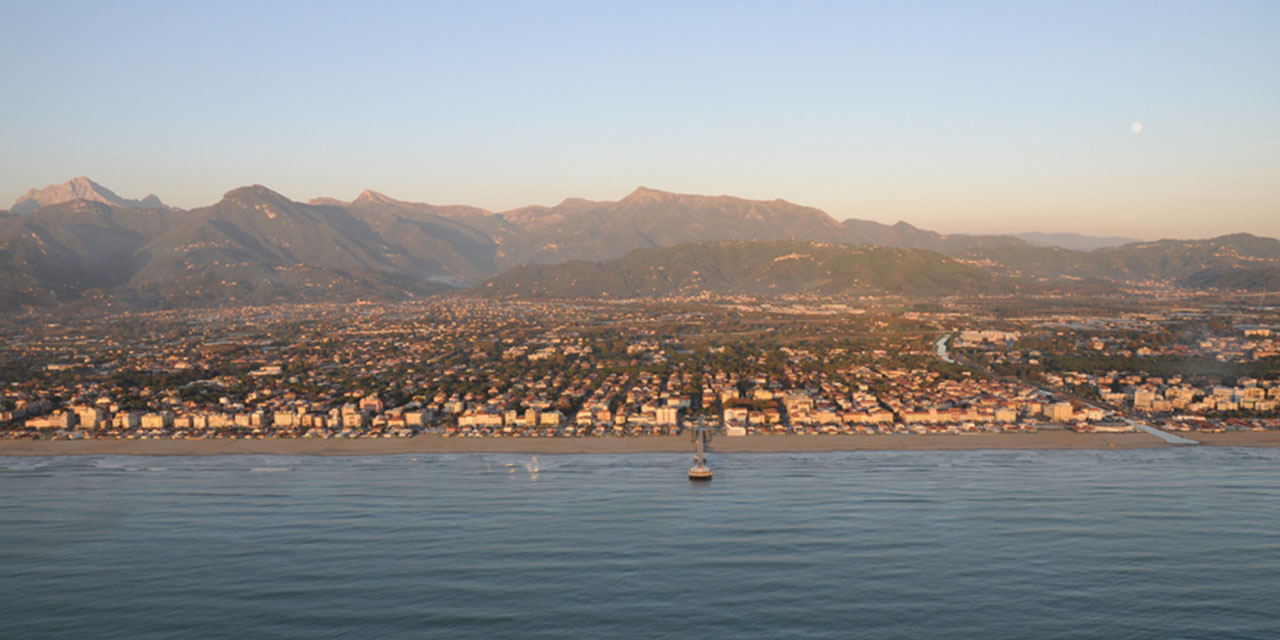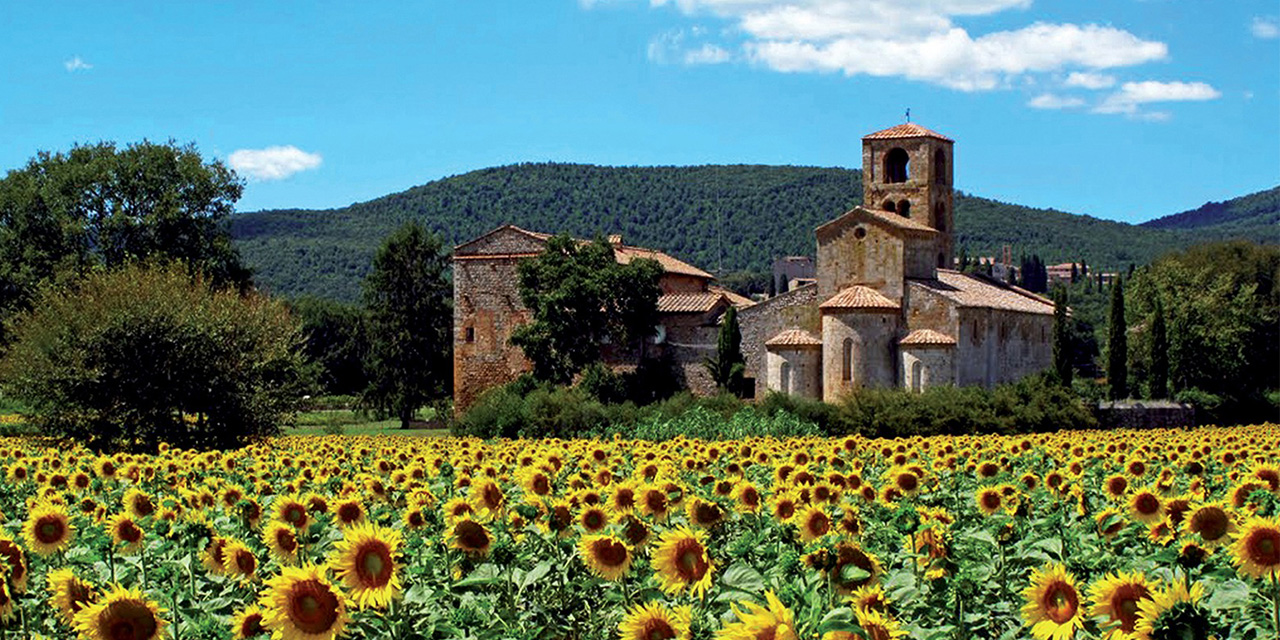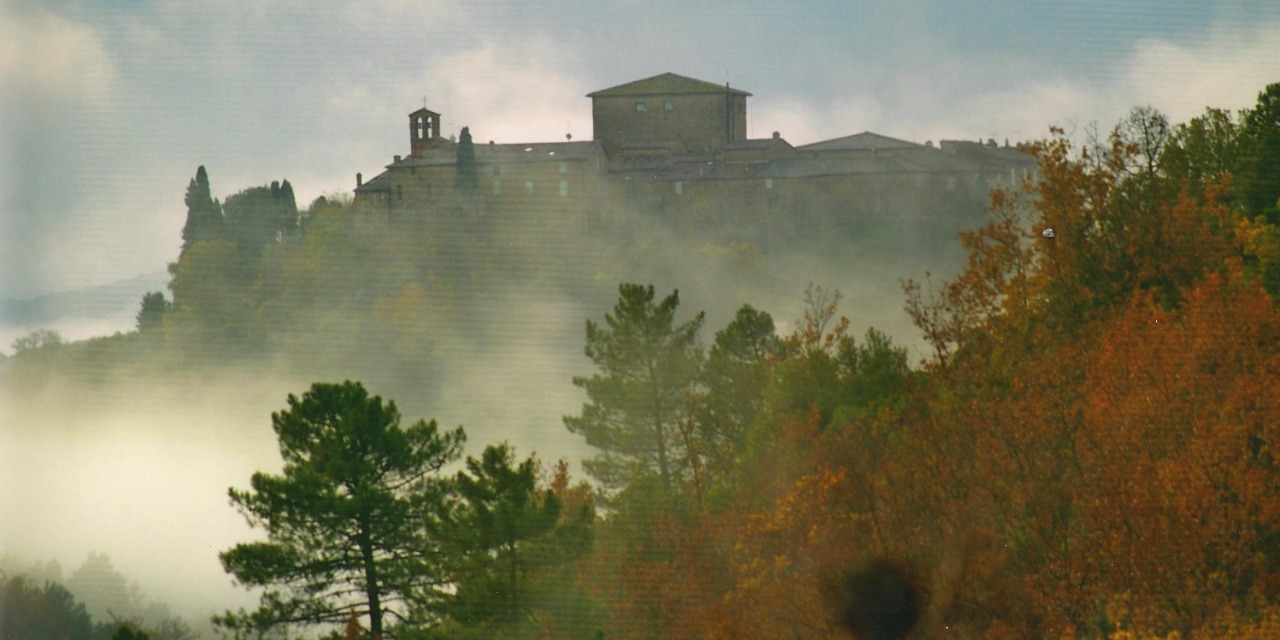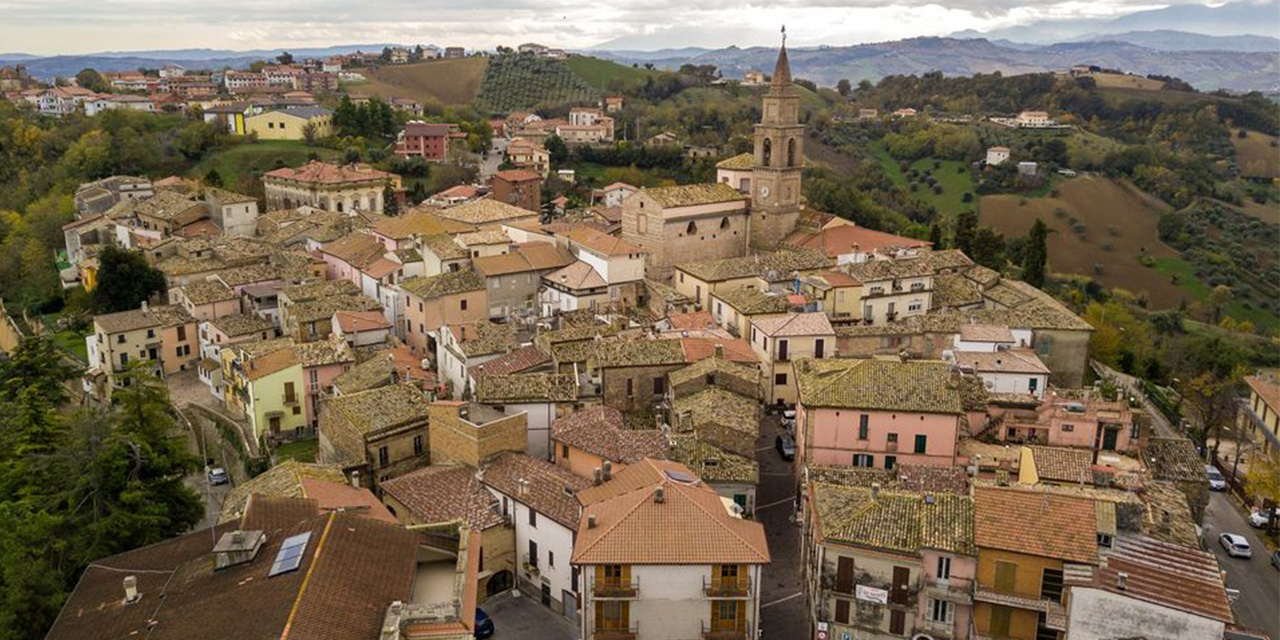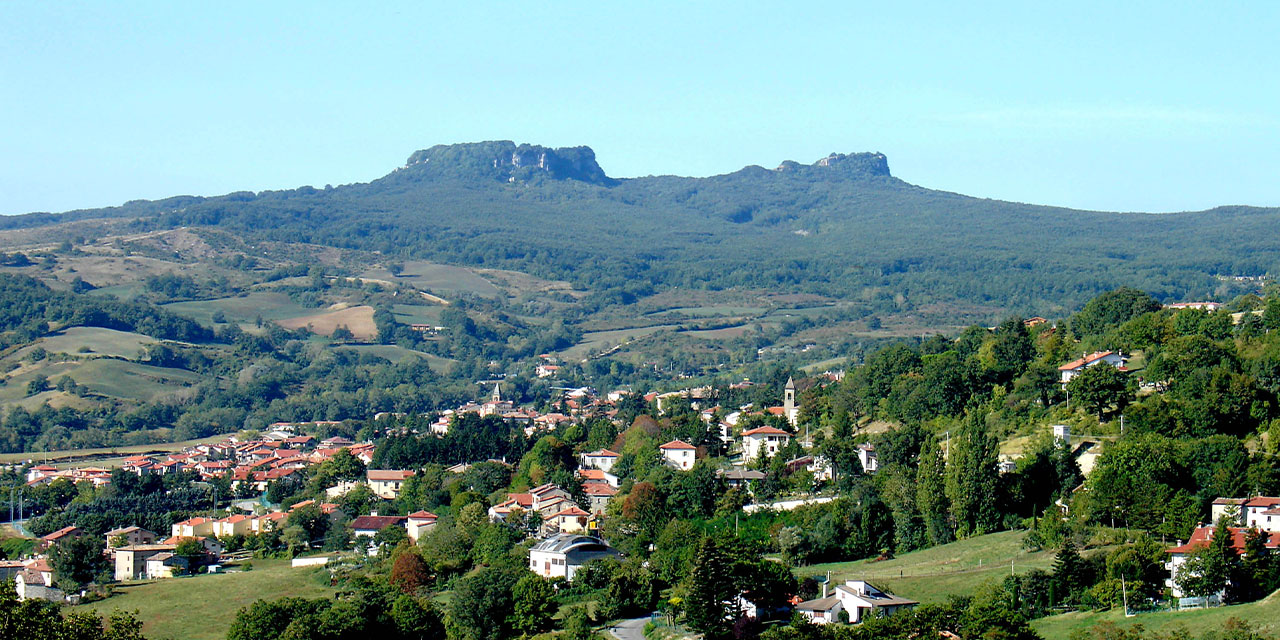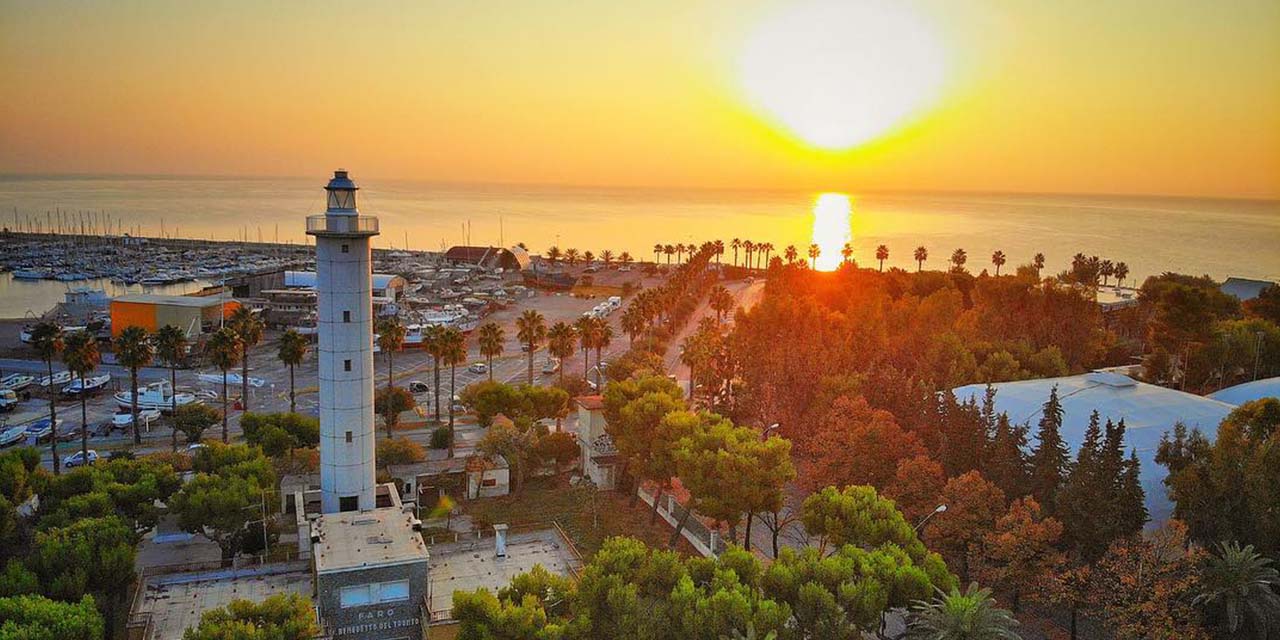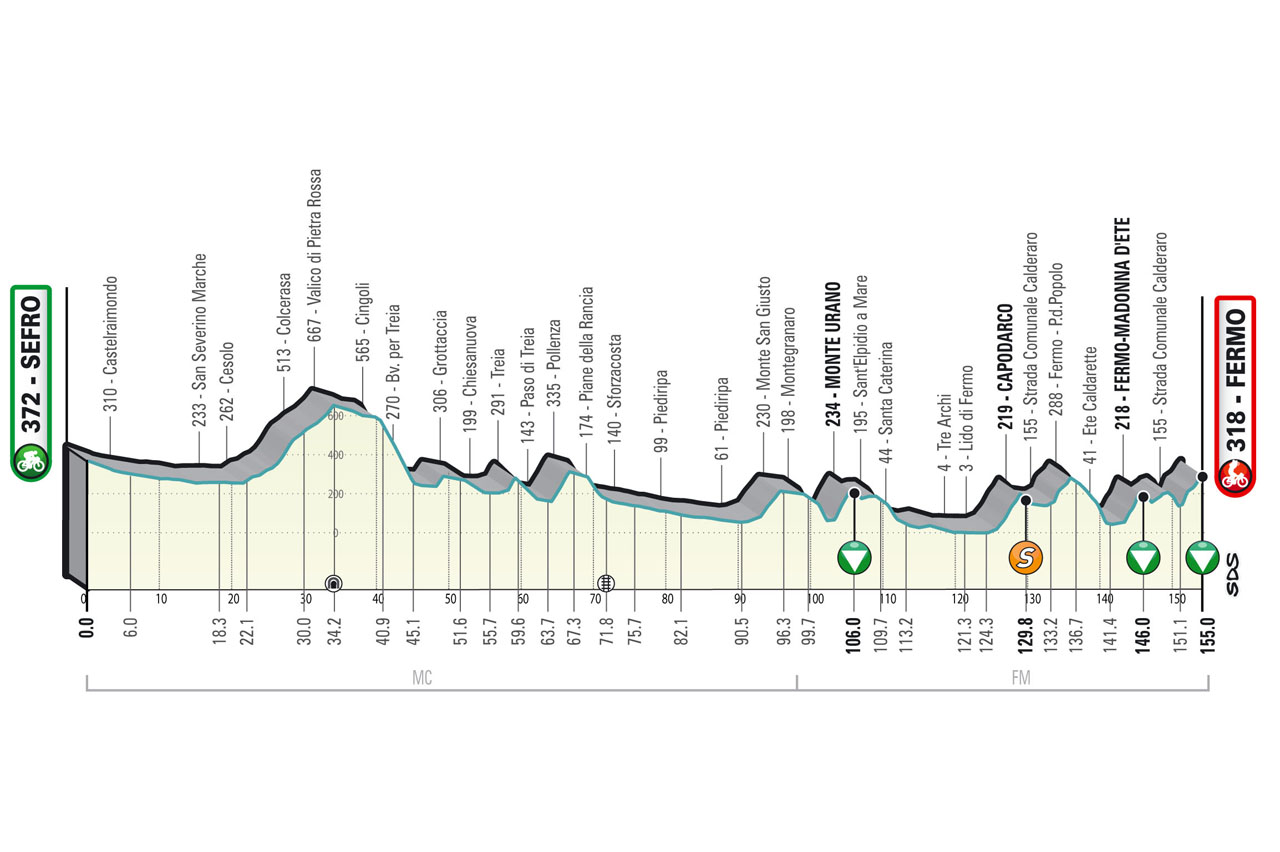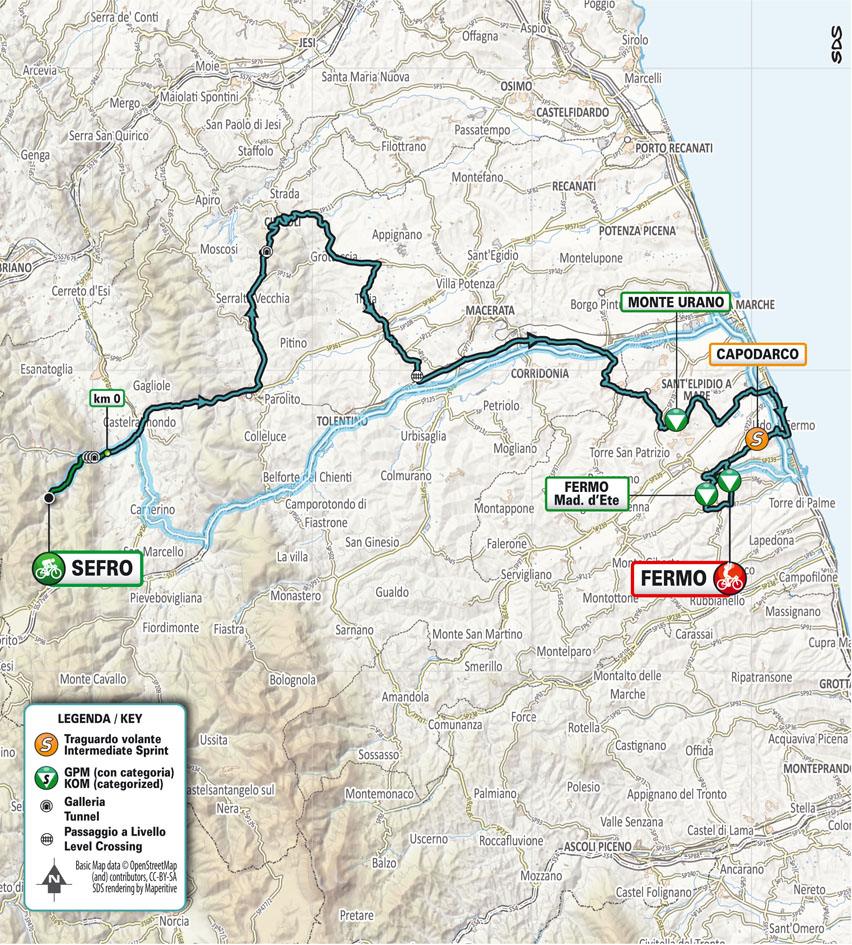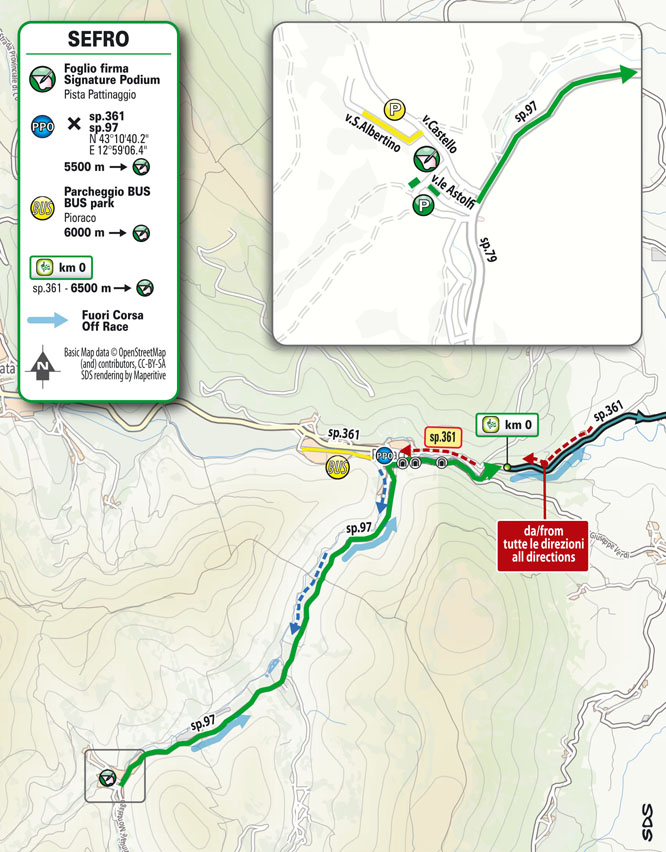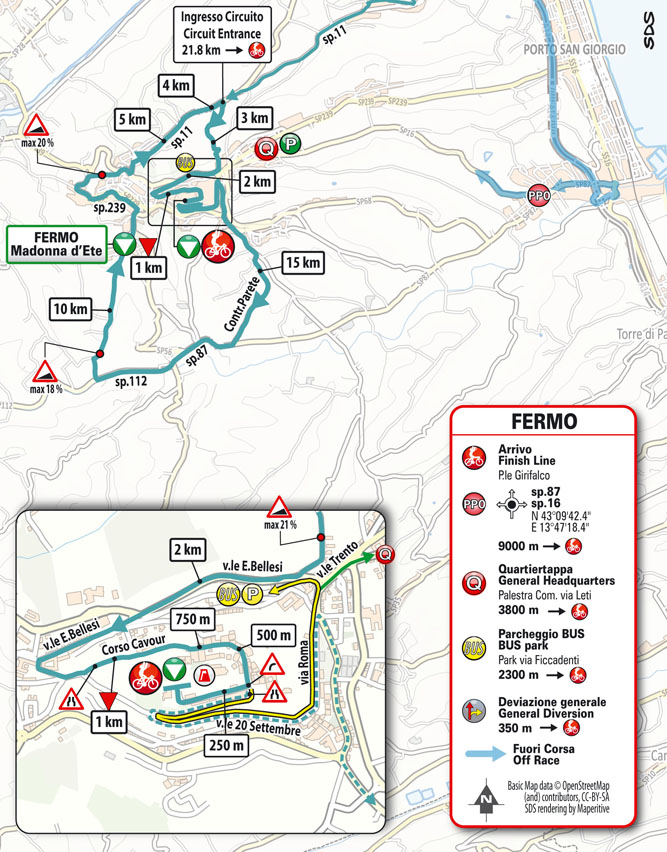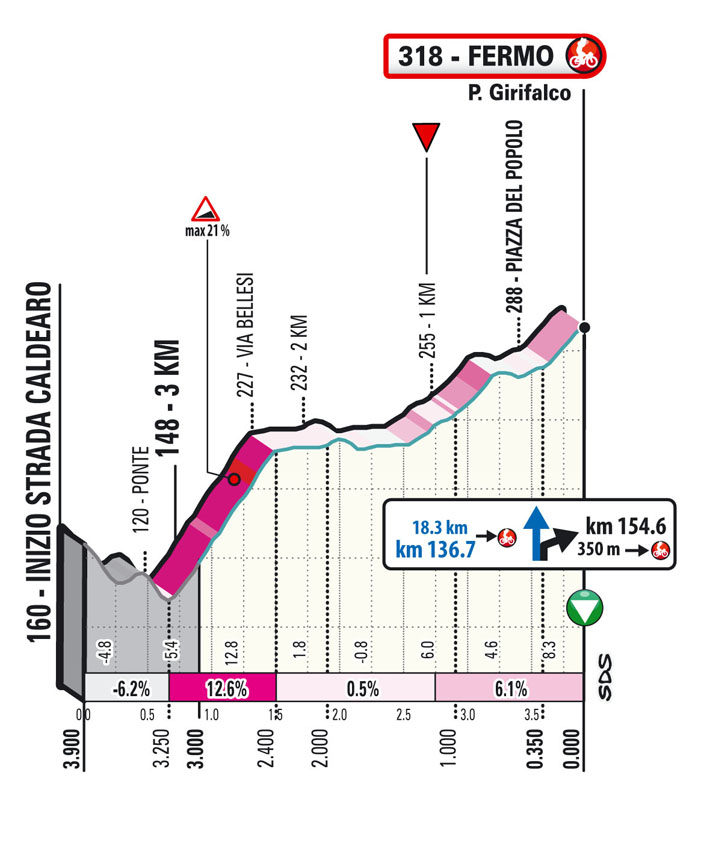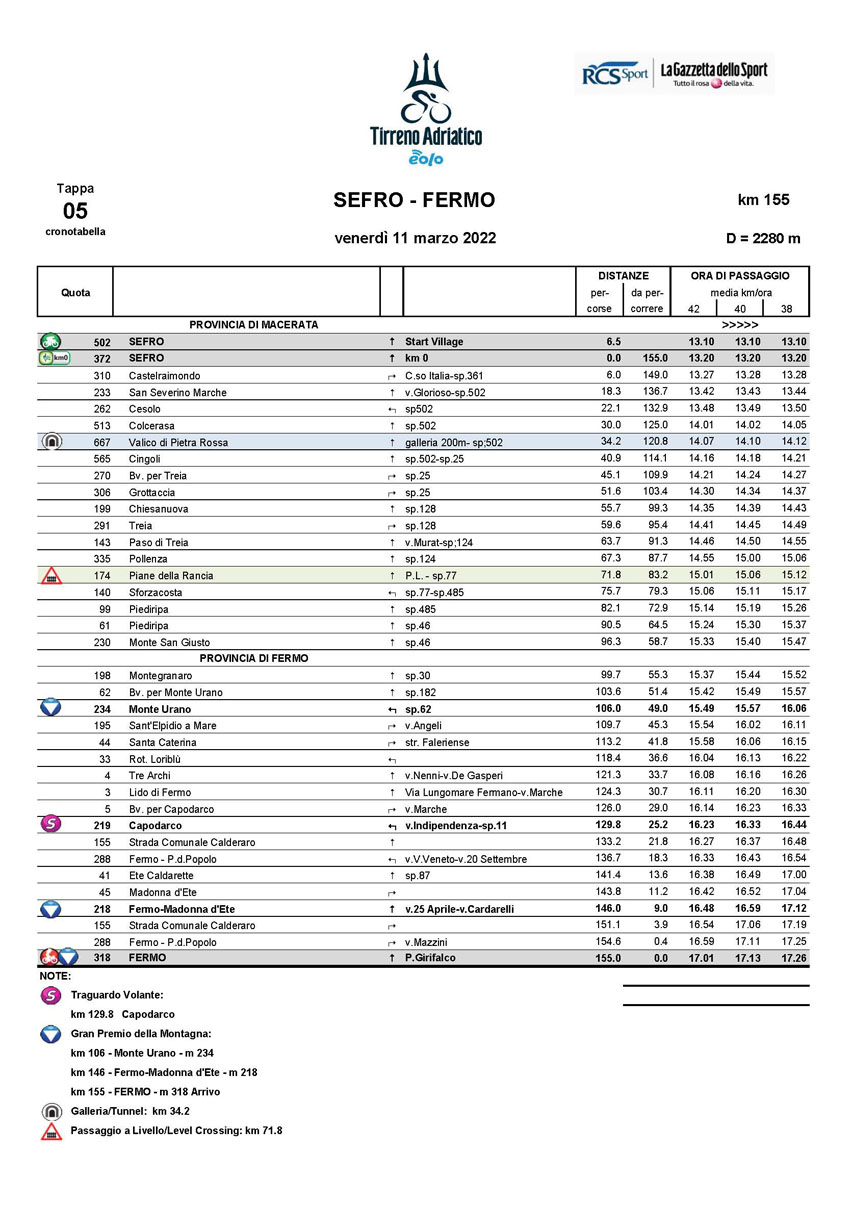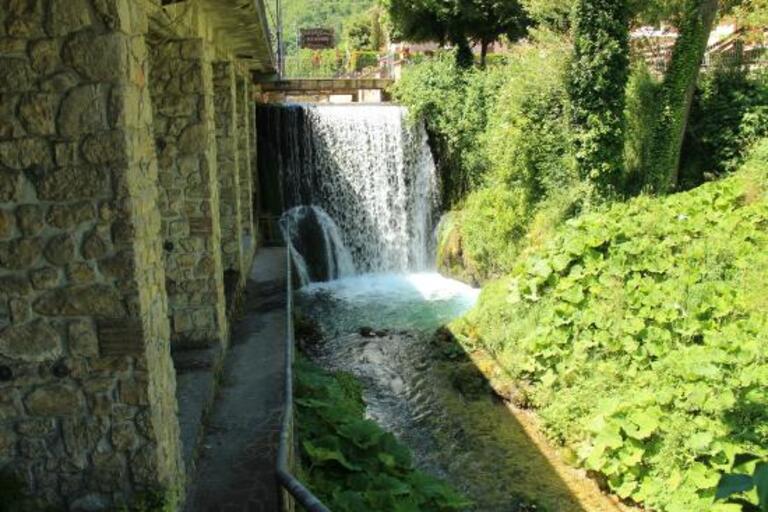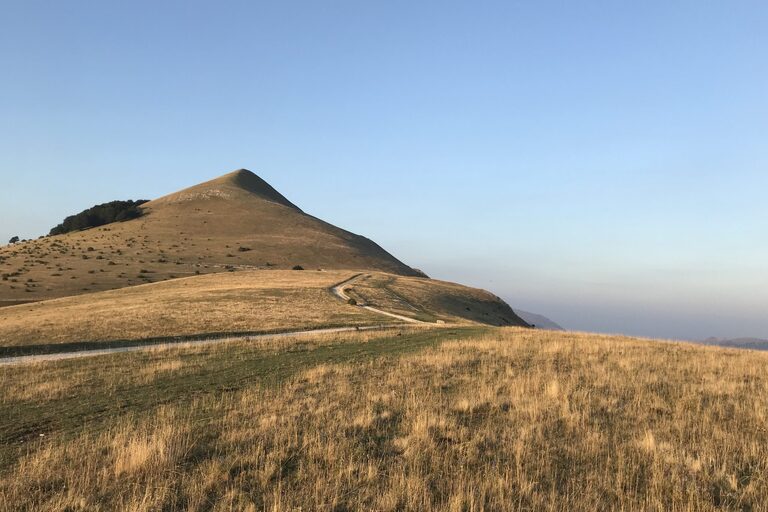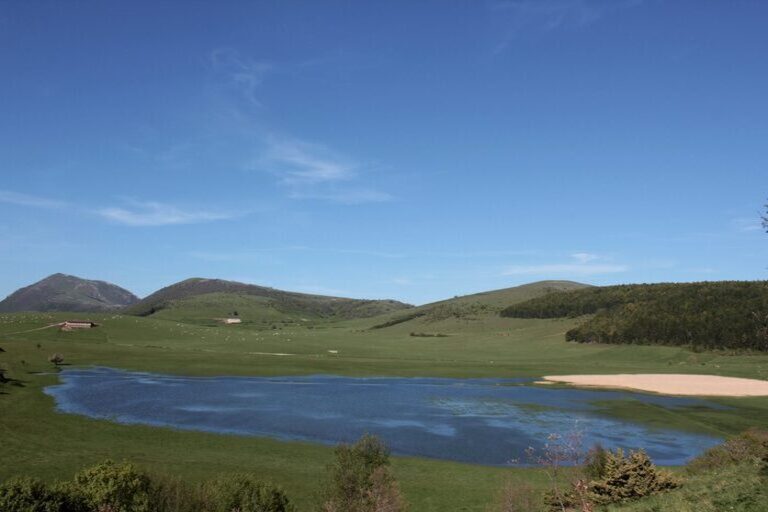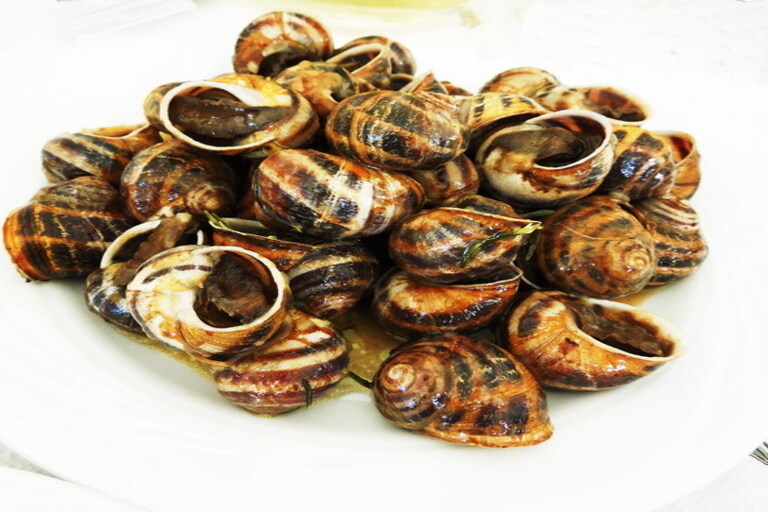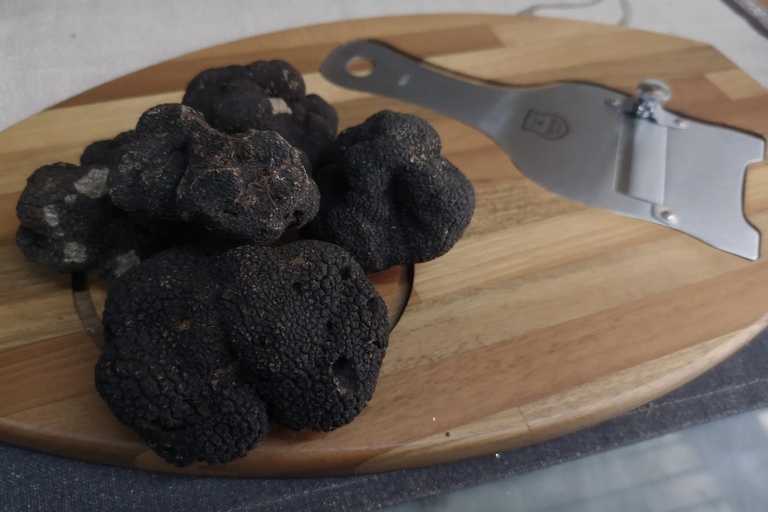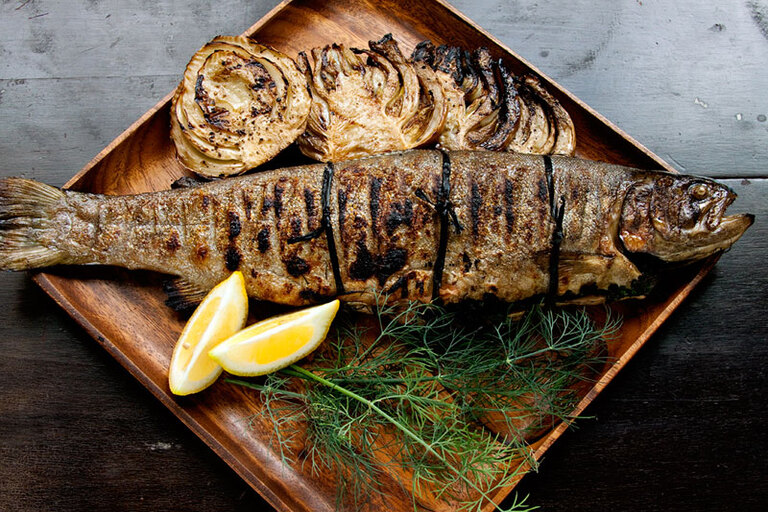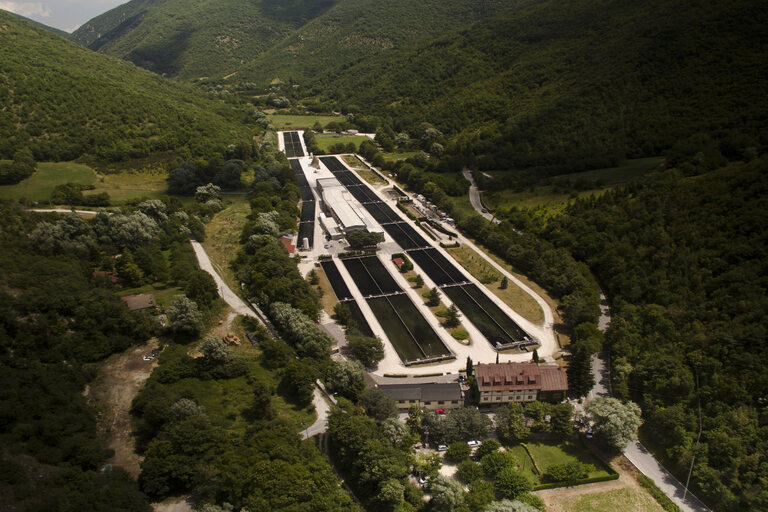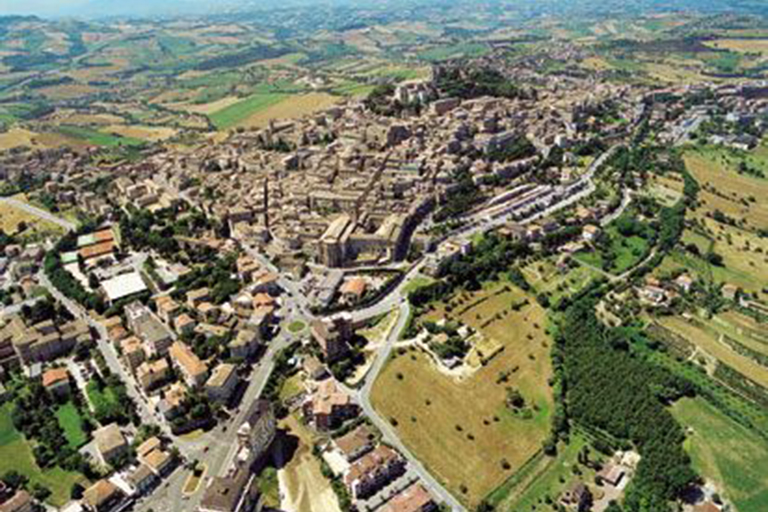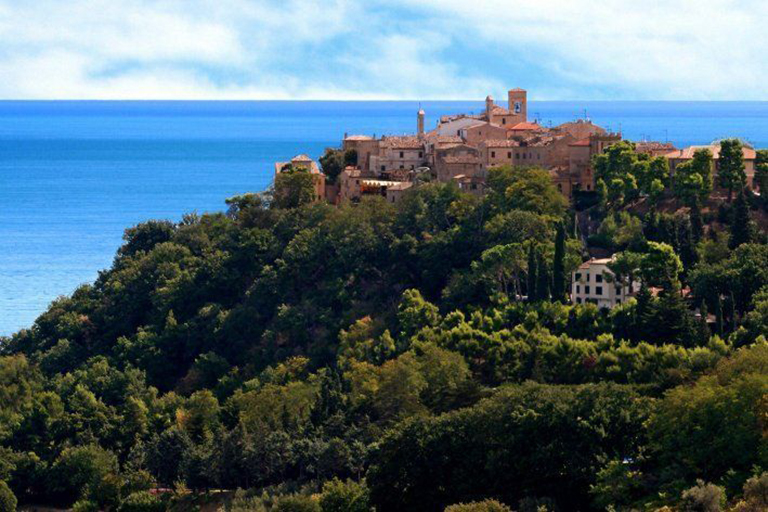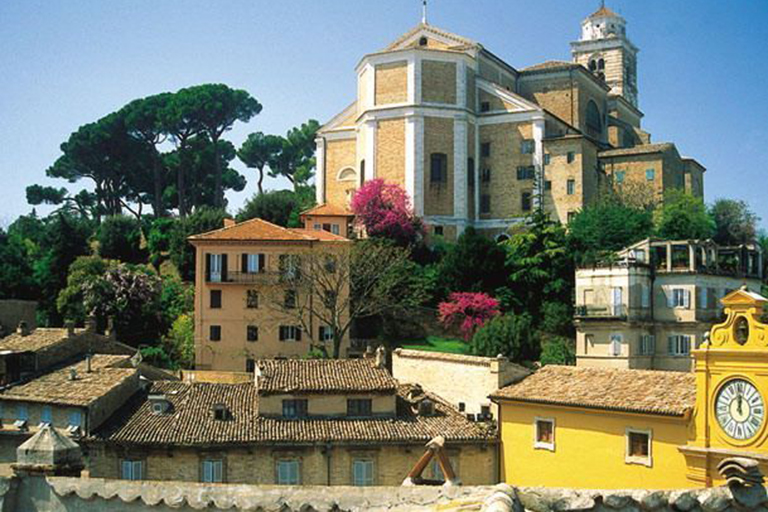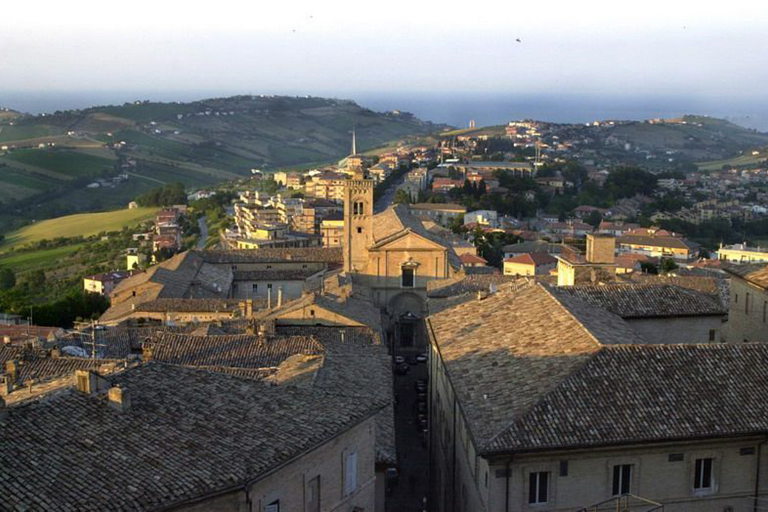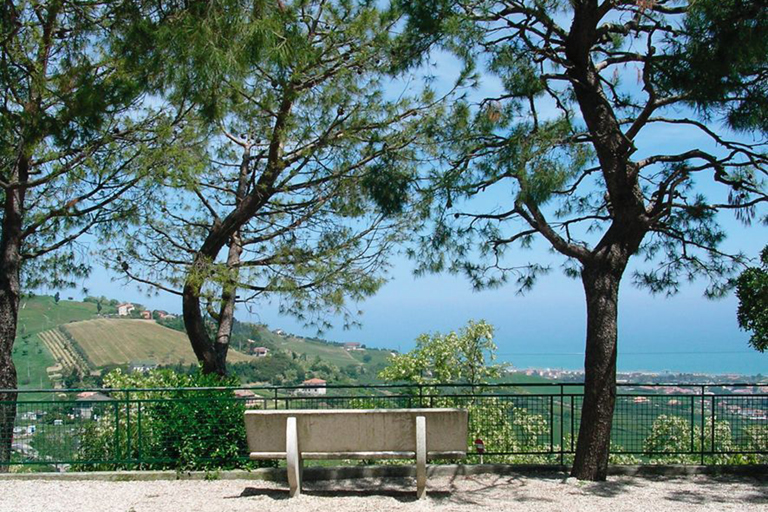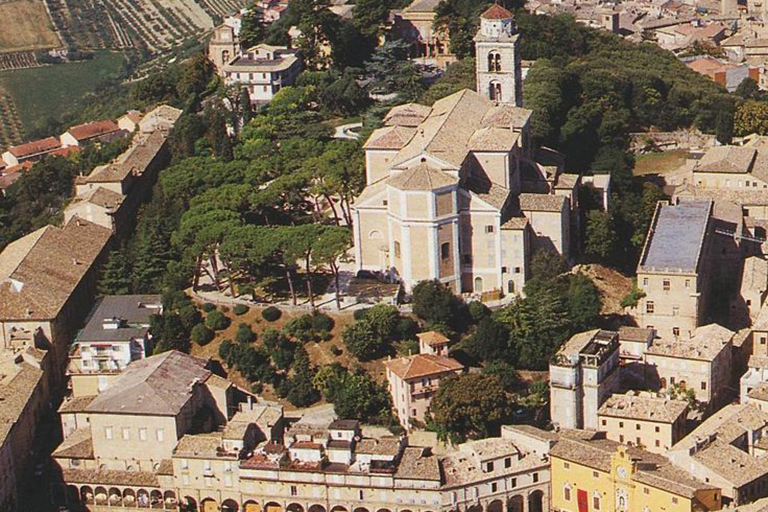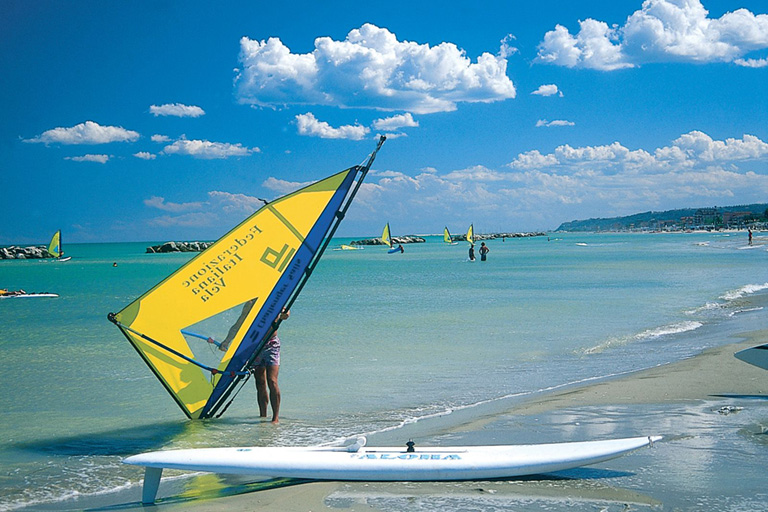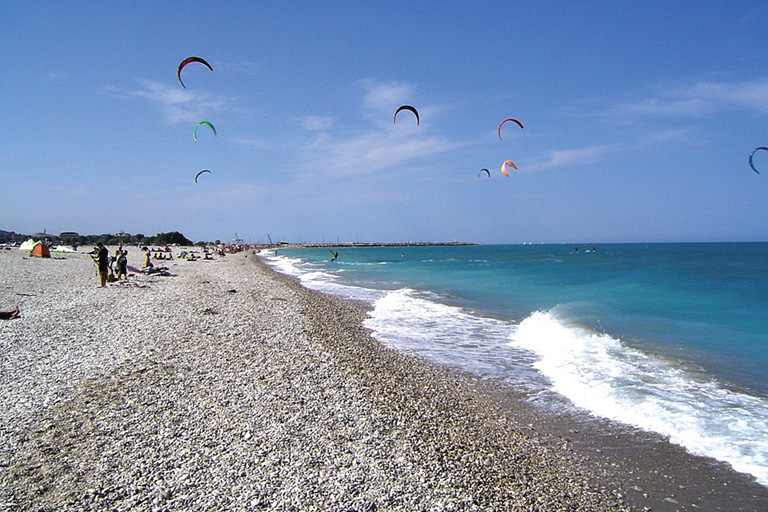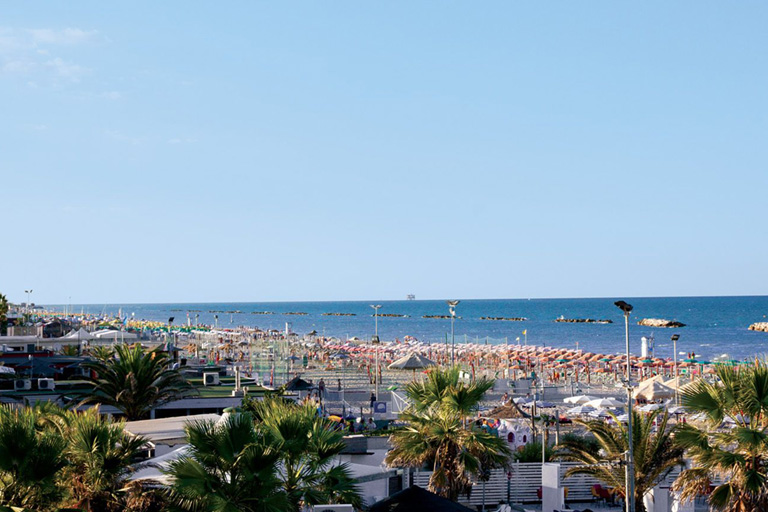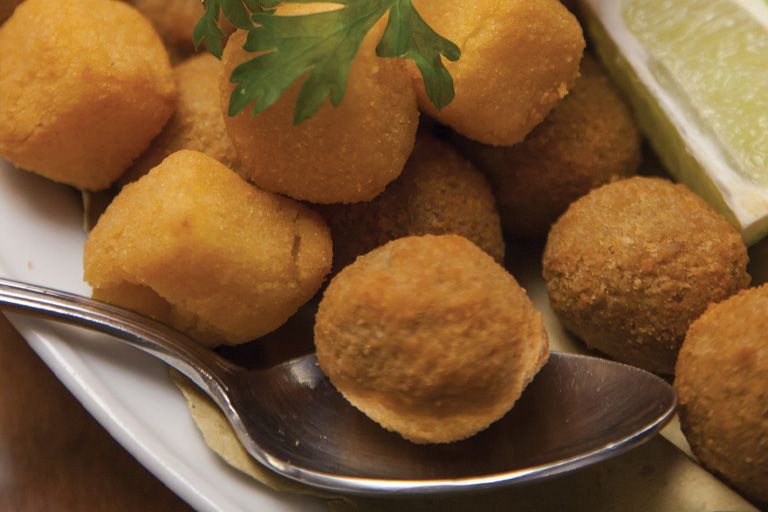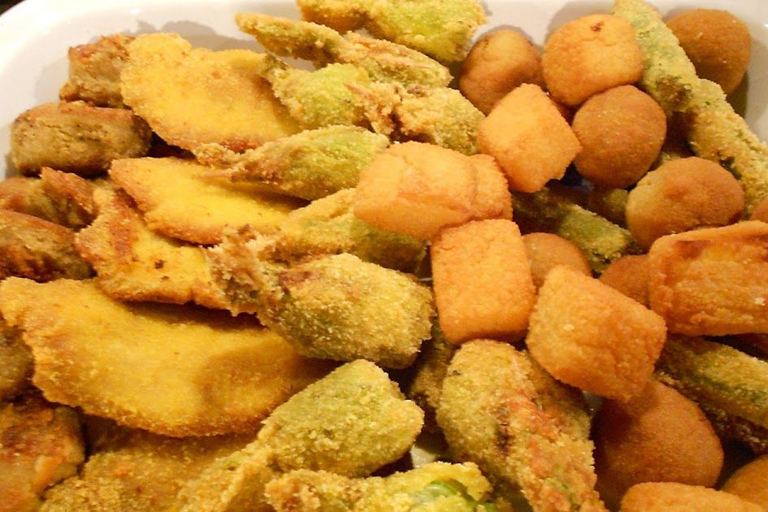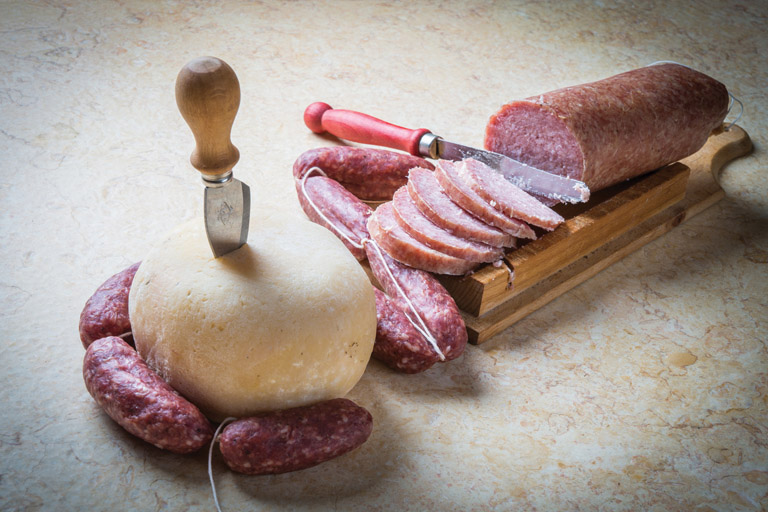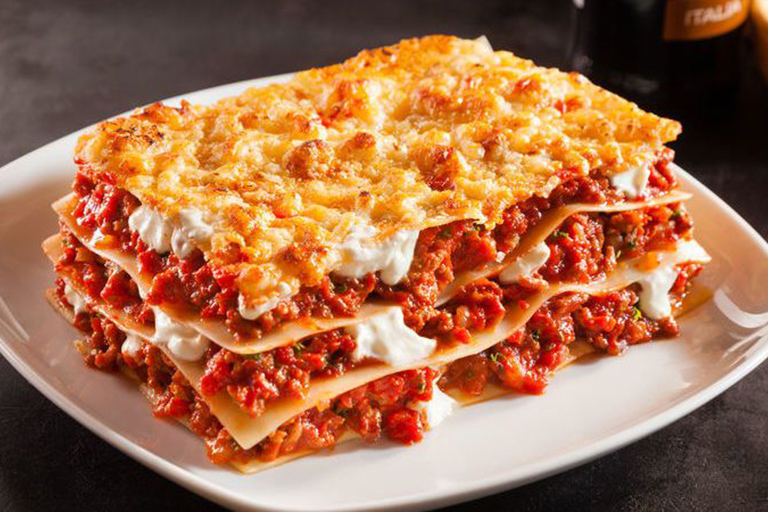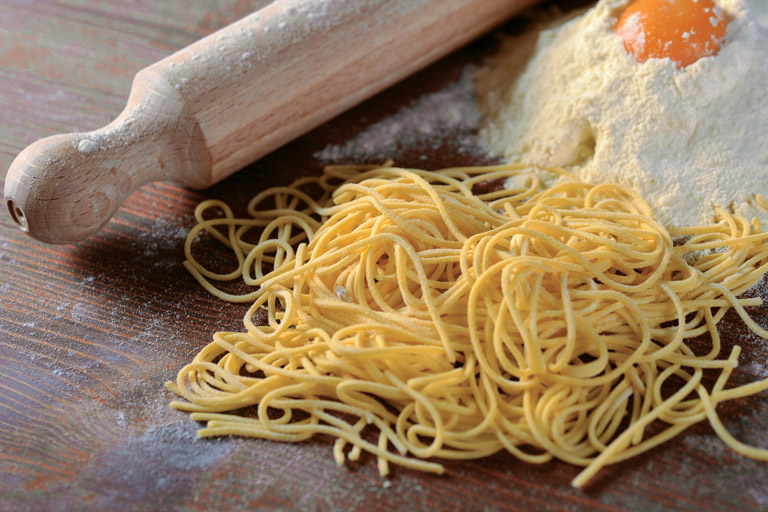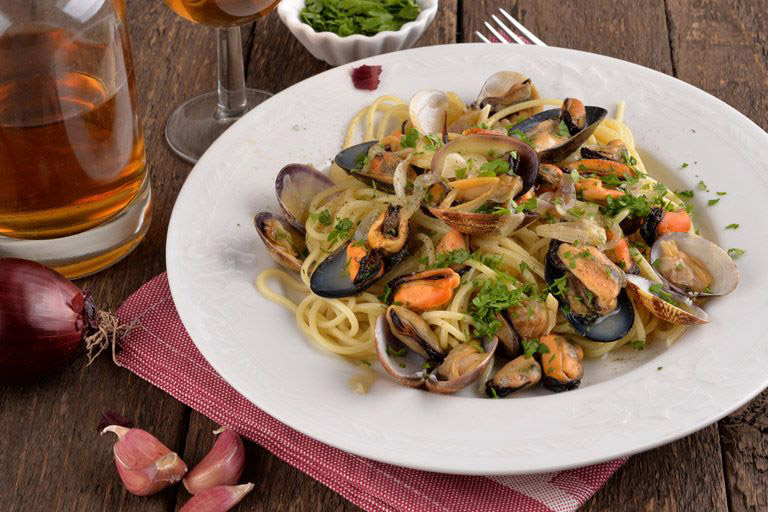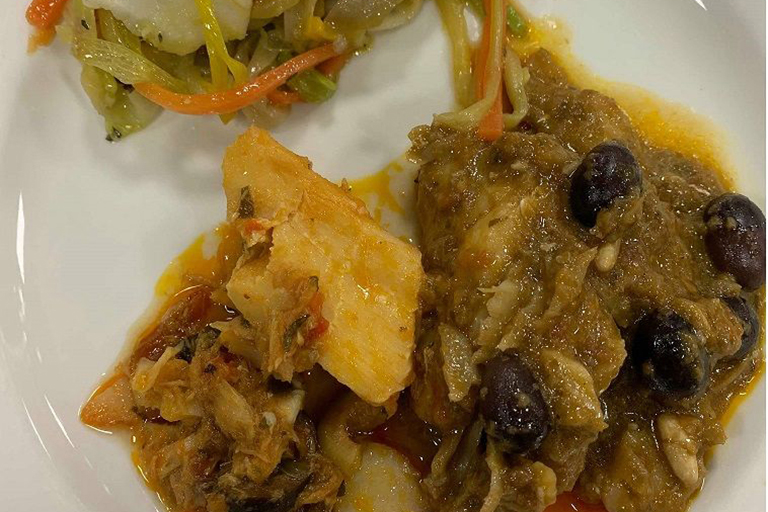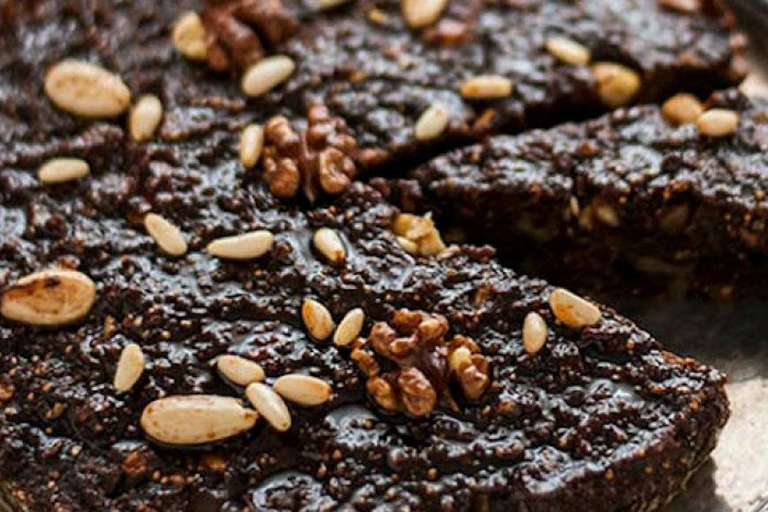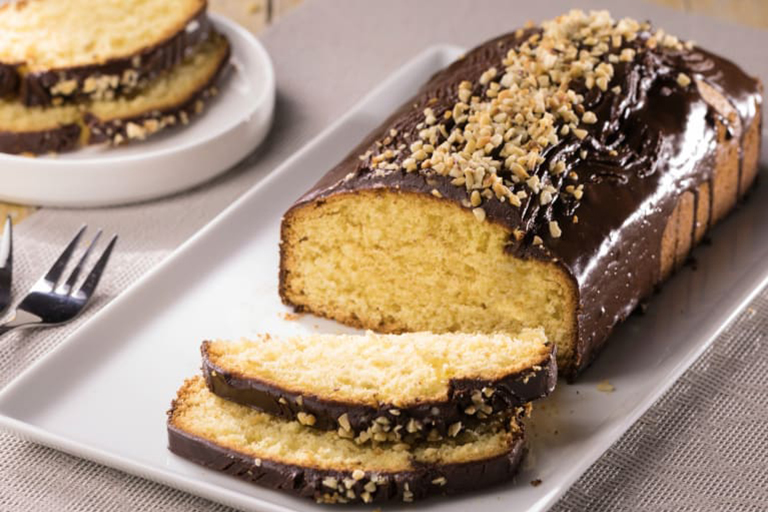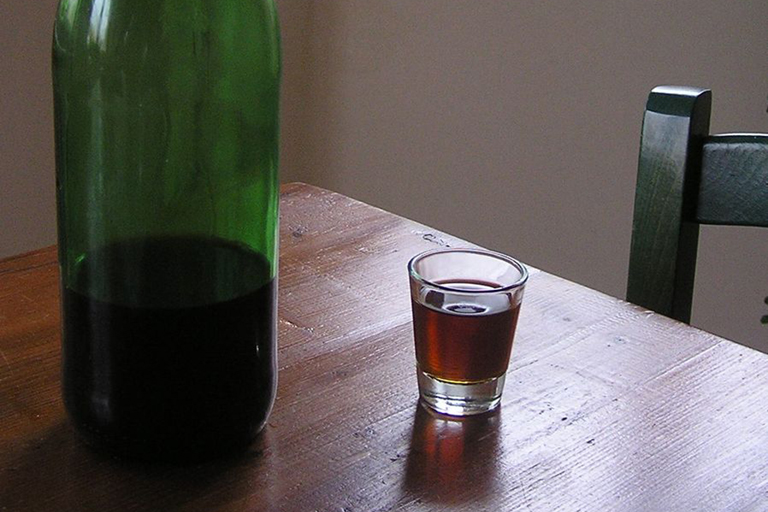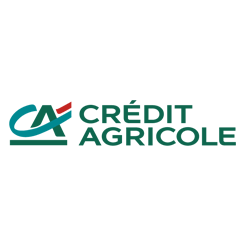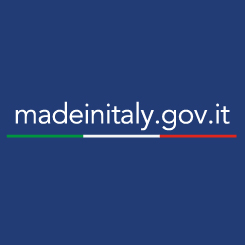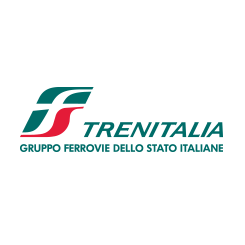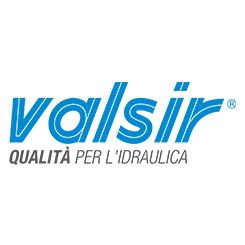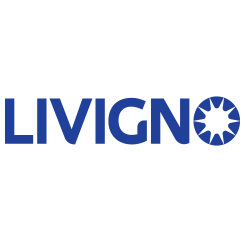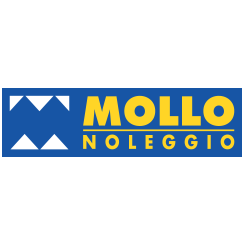profile
map
technical info
This is the stage of the ‘muri’ – short, steep climbs best described as ‘walls’. It is characterised by two distinct parts. The first heads through the Apennines to the gates of the province of Fermo and the second is more rolling, with 5 ‘walls’ between the approach to the finish and the final circuit. The first part touches on Castelraimondo, San Severino Marche in order to climb to the Valico di Pietra Rossa. A descent follows on Cingoli and Treia, to then pass from one valley to another through a series of climbs and descents. After Montegranaro the riders will climb the Muro di Monte Urano (max 15% gradient). They then enter Fermo from Lido to tackle the Capodarco climb (max 18% gradient), and in rapid sequence, the Fermo-Strada Calderari climb with a subsequent passage near the finish line. From here a semi-circuit of about 18km begins, featuring the challenging climbs of Madonnetta d’Ete and a repeat of Fermo-Strada Calderari.
Final Kilometers
The last few kilometres are all substantially uphill. After the ascent of Strada Calderari, which leads to the town of Fermo (with gradients of up to 20%), the climb continues along narrow stone-paved streets, with gradients remaining high. A short descent brings some respite with 750m to go, followed by a climb to the finish line on a ramp of around 10% gradient. The finish line lies on a 6m wide asphalt surface.
start / finish
final kilometres
itinerary timetable
tourist info
Host city:
Sefro
The small village of Sefro, whose municipality also includes the hamlets of Agolla and Sorti, is located in the province of Macerata, on the slopes of the Umbria-Marche Apennines.
Throughout the Middle Ages, the village of Sefro remained linked to the Duchy of Camerino, then it passed under the control of the Papal States.
It is located at an altitude of 502 metres and in the middle of the country there is a magnificent waterfall, one of the most attractive natural sites.
Sefro is sorrounded by Cesito mountain (1.010m), Linguaro mountain (1.390m) and Vermenone mountain (1.364 m). This is characterized by many trails and bautiful meadows. There i salso a pic-nic area, “Fonte del piscio”, where tourists can eat their lunch or snacks.
The nature lovers must go to Montelago – a spectacular plateau characterized by a nice lake in winter – to hiking tours.
At the same time, tourists can spent their time at the Bosco Incantato, near the public garden of the village, in totally relax.
Sefro offers many trails for e-bike and it is possible rent them at the cycle station in the square of the country.
Food
Sefro is the country of the trouts. Thanks to the big work of the “Azienda agricola troticoltura Erede Rossi Silvio “ – leader company of the sector in Europe – Sefro has become the european capital of the trouts.
A popular festival, The trout festival, takes place every year on 15th August and it is characterized by the preparation of dishes and sandwiches with fried and roasted trout.
Among the other local products, truffles and snails, typical of the culinary tradition of the Marche region, stand out in particular.
Despite the fact that the town is not very big, Sefro boasts within its territory five restaurant activities.
Among the main dishes we can appreciate tagliatelle with truffle or trout sauce; grilled and baked trout; snails in porchetta.
Monuments
At the center of the village there are the restored ruins of the Varano Tower, where the Lords of the Duchy of Camerino found hospitality after the sack of their city in 1259 by the Ghibellines. Next to the Tower, it is possible to visit the Museum of agricultural tools, a moving testimony of the local peasant and artisan civilization.
Despite being a small town, Sefro preserves several architectural jewels.
The Church of Santa Maria Assunta, located in the town square, for example, hosts among other works a wooden crucifix and a painting of the Assunta, both of sixteenth-century origin; Going through the narrow streets of the village, you arrive at the Church of San Pietro, mentioned in the Statutes of 1423 as “church of the monks“, from which you can reach, then, the Church of Madonna dei Calcinari, dating back to the fifteenth century and containing numerous votive frescoes, some of which are attributed to Girolamo di Giovanni, and that of San Michele. In this one it is possible to admire a “Crucifixion” of the school of Lorenzo d’Alessandro, of the second half of the 15th century, and a “Madonna with Child” of Mannerist style.
At the entrance of the hamlet of Agolla we can see the Church of San Tossano, present in the territory since 1300, which offers inside a fresco depicting the first portrait of San Francesco in the Marche, recently restored.
Finally the caves of the Blessed Bernardo da Quintavalle, first companion of San Franesco, that here withdrew into exile, preserve intact the charm of an uncontaminated and sublime nature. He chose without hesitation the way of the Marche, because he was well known to the spirit of the people of the Marches who had previously reserved for San Francesco so much admiration, and lived in this mountain place, well removed from the rest of the world, for over two years, using a cave as a refuge and another – with a horizontal stone to serve as an altar – as a church.
Fermo
Overview
Huddled around the Girfalco Hill, where the park, with its centuries-old trees, is one of the most beautiful panoramic balconies along the coast of Le Marche, the city has as its natural background, on one side the Adriatic Sea, at a mere eight kilometres from the town centre, and on the other the evocative scenario of a hinterland of historical villages rising in a rolling hilly landscape up to the slopes of the Azure Mountains made famous by Giacomo Leopardi: the Sibyllines.
Fascinated by the beautiful urban views of the city and its surroundings, by the soft and rolling hills in the hinterland and by the clarity of the sea water brushing the warm beaches of fine sand, the tourist will feel the charm of these places and taste the flavour of a passionate conviviality made of traditional dishes accompanied by fine local D.O.C. wines. The tourist will also appreciate the varied range and quality of shopping and enjoy cultural, sporting as well as folkloristic events that occur at a fast pace to underline the natural warmth, the welcome of Fermo and its inhabitants.
Food
To complete a concentrated itinerary regarding Fermo there are the factory shops which launch the fashion in the world. Concerning shopping the surrounding area of Fermo offers interesting and particularly refined sopping trips among important fashion names and artisan traditions such as shoes, hats, accessories and furs that create trends in the most important international boutiques.
The Fermo cuisine, characterized by a great respect for the country cuisine, we found the local “salami”, especially the unmistakable “ciauscolo”, and the strong flavoured cheeses; then we taste the wholesome pasta dishes, mainly made of egg pasta, such as “vincisgrassi” the local and distinct version of lasagna, the “maccheroncini di Campofilone” or the “tagliatelle” (noodles) which are perfectly combined with ragù and sauces made from giblets.
The excellent quality barbecued meats and the local mixed deep fried foods: breaded meats, breaded meats – stuffed green olives, vegetables and breaded custard creams.
Finally, the fragrant sweetmeats of the country feasts: the “ciambellotto” of the threshing, for example, accompanied by delicious “vino cotto” (cooked wine) which is an original way to follow the fine table wines as Rosso Piceno and Falerio.
Points of interest
Fermo, has an unspoiled renaissance urban fabric, which can be appreciated, starting from the main Piazza del Popolo – among the most beautiful in Le Marche – through a series of itineraries dotted with churches, noble palaces, courtyards and artistic portals. It offers an Art Gallery full of late Gothic miniatures with the Stories of Saint Lucia by the venetian Jacobello del Fiore as well as the famous Adoration of the Shepherds by Peter Paul Rubens and the Pentecost by Giovanni Lanfranco; it hosts the “Romolo Spezioli” Library among the most renowned in Italy for its collection of ancient books and manuscripts, the heart of which – the seventeenth century Globe Room – is itself one of the city’s treasures. It preserves beneath its streets a complex plumbing system, part of which are the Roman Cisterns, the largest ever built by the Romans in terms of their surface area, from the age of Augustus, a visit to which is essential for anyone who visits the city even if only for a few hours.
The range of museums in the city is enriched with the Diocesan Museum, adjacent to the splendid Cathedral with its Gothic facade, which preserves, among other exceptional exhibits, the chasuble of Thomas Becket; the Picene Archaeological Section in the 13th-century Palazzo dei Priori, artefacts of a unique type one of the great pre-Roman Italic cultures; and the Oratory of Saint Monica with a cycle of late Gotich frescoes which are among the most highly regarded in Le Marche.
In the seventeenth-century “Palazzo Paccarone”, down Corso Cavour, the Scientific Museum host the only Polar Museum in Italy, named “Sivlio Zavatti”, the “Tommaso Salvadori” Ornithological Museum and the Meteorite which fell in Fermo in 1996.
With the recent renovation, the Church of San Filippo Neri has become auditorium and exhibition room, that house numerous conventions and exhibits.
A real star in the cultural firmament of Fermo is the 18th-century theatre, the Teatro Comunale dell’Aquila, one of the largest and most beautiful in Le Marche; a prestigious building, enriched with the historical backdrops of Sanquirico and with the central fresco painted by Luigi Cochetti.
The facility, as well as being one of the most highly regarded cultural assets of the city, is the setting for important seasons of shows, from opera, to classical music, to plays, in accordance with a centuries-long tradition which has seen its stage walked by some of the greatest names in international music and theatre.
The prestigious nineteenth-century Villa Vitali, designed by the architect Gaetano Manfredi, house renovated outdoor theatre, where important summer theater festivals are happened.


